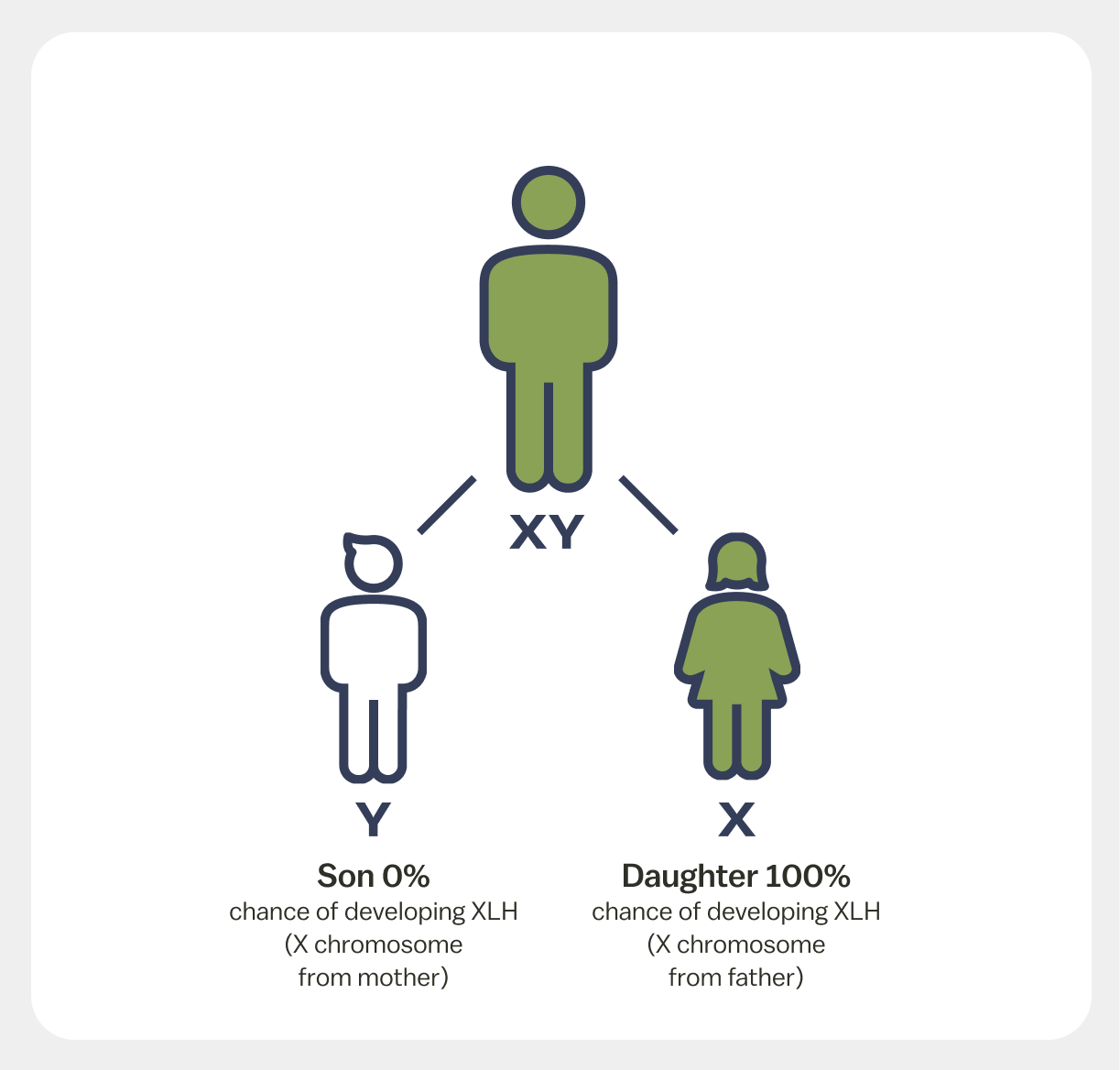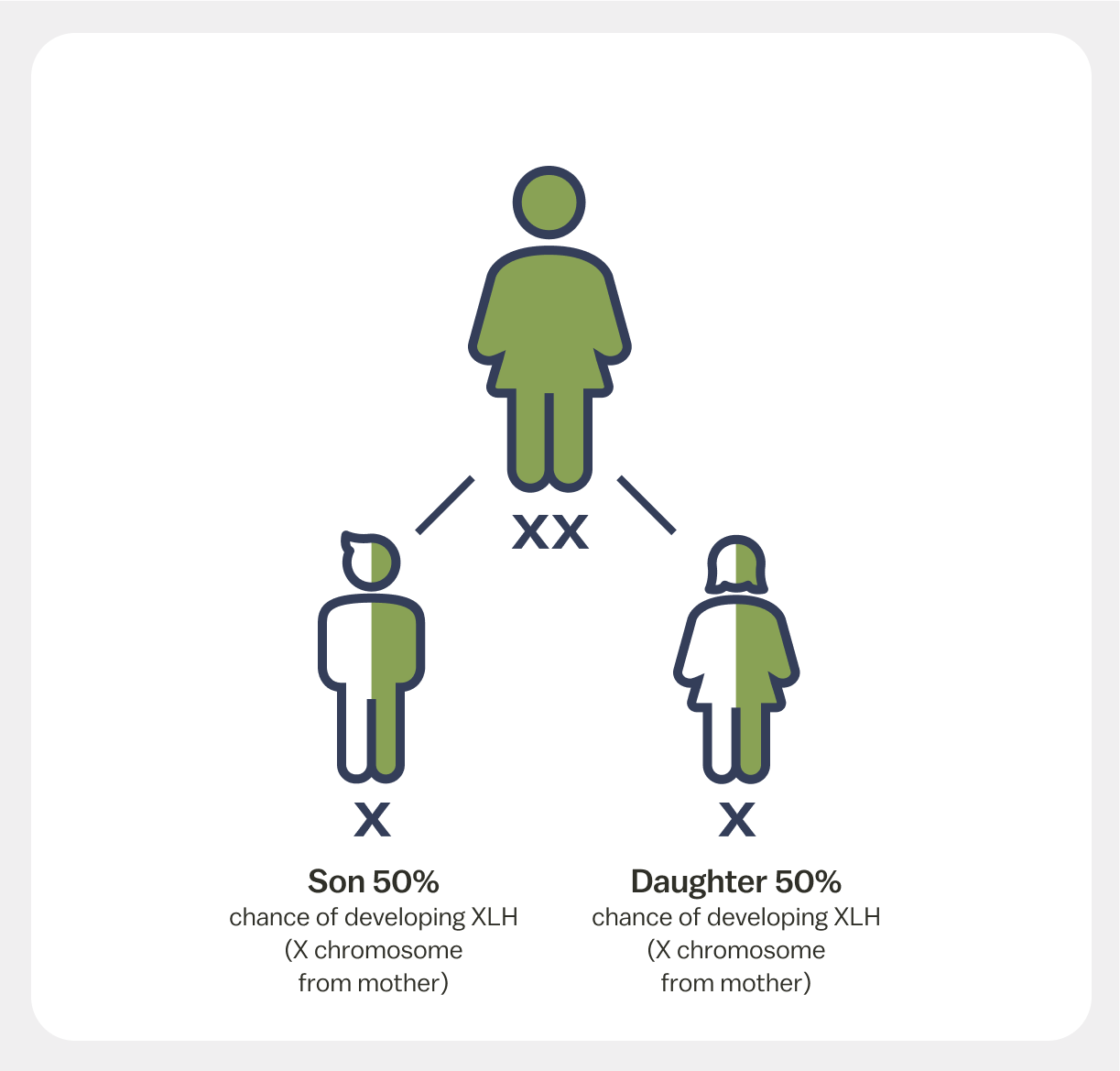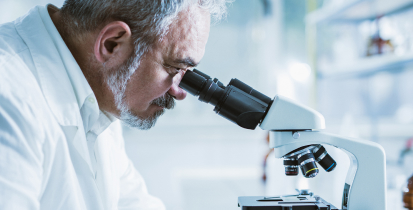XLH is a condition that affects up to 1 in 20,000 people. XLH can affect the bones, muscles, and teeth of both children and adults. This is due to excessive loss of phosphorus. New symptoms of XLH may appear as you get older and can worsen or change over time. Hypophosphatemia (the H in XLH) is a condition caused by a low level of phosphorus in the blood.
Phosphorus is also found in your bones and is responsible for:
XLH is caused by a genetic mutation
People with XLH have a mutation in a specific gene called the PHEX gene. This mutation causes the body to produce too much of a hormone called fibroblast growth factor 23 (FGF23).
When FGF23 levels are too high, too much phosphorus is lost in the urine. This process, known as phosphate wasting, causes the level of phosphorus in the blood to drop too low. This is known as hypophosphatemia, which can lead to weak bones.
Doctors may refer to XLH by different names. These include:
- X-linked hypophosphatemic rickets
- Hereditary hypophosphatemic rickets
- Familial hypophosphatemic rickets
- Vitamin D-resistant rickets (VDRR)
- Vitamin D-resistant osteomalacia
- X-linked vitamin D-resistant rickets
- Hypophosphatemic rickets
- Hypophosphatemic vitamin D-resistant rickets (HPDR)
- X-linked rickets (XLR)
- Genetic rickets
- Familial hypophosphatemia

*Actor portrayal
XLH often runs in the family
XLH is a hereditary condition. X-linked (the XL in XLH) means that the condition is most often passed down through father or mother by the X chromosome.
If a father has XLH:

If a mother has XLH:


*Actual pediatric XLH patient.
Did you know?
Although XLH is a hereditary condition, it can also occur spontaneously in those without any family history. About 20% to 30% of people with XLH develop it as a result of spontaneous mutations, which can then be passed on to their future children.
Start your XLH journey

Are you connecting the symptoms?
Learn about the signs and symptoms of this rare condition and how to get a diagnosis.

Manage XLH
Find out what can be done to manage XLH.

Living with XLH
Find additional support, educational resources, and connect with the XLH community.

 Français
Français


